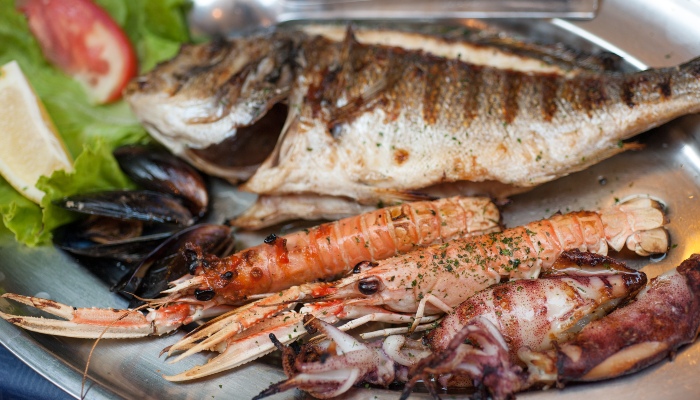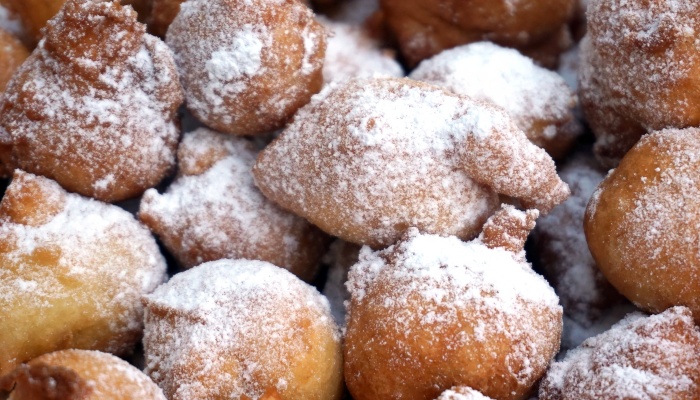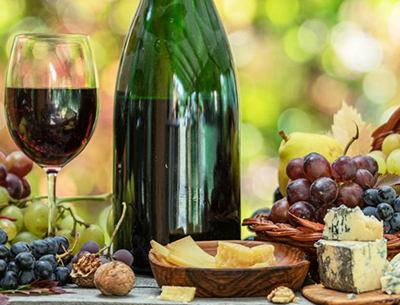Traditional Croatian Food
Strukli
As the ultimate Croatian comfort food, it’s no surprise that strukli is a signature northern dish, widely consumed in the Zagreb and Hrvatsko Zagorje regions. Inducted into the list of the country’s intangible cultural heritage, it’s the perfect choice for a cold, winter day but enjoyable anytime. It’s a staple of Croatian street food and consists of thin pastry filled with cottage cheese, eggs and other delicious additions.
In Zagreb, nearly every restaurant has Strukli on the menu. La Struk, less than a 5-minute walk from Zagreb Cathedral, serves only this dish, offering traditional strukli and creative modern interpretations like sweet variations with blueberries and cheese, or with decadent truffles. A 5-minute walk from Park Gric will bring you to Stari Fljaker, another favorite, evoking memories of old fairytales where you’ll feel as if you’ve been welcomed to a family table during a feast. While you’re in the capital city, enjoy the mix of old and new that includes the thousand-year-old Upper Town, home to iconic St. Mark’s Church.
Black Risotto
This popular and unique dish is one of the most popular foods in Croatia. Its characteristic dark colour comes from the inclusion of squid or cuttlefish ink, which infuses the dish with a delightful savory flavor. This creamy Croatian dish also includes squid or other seafood which helps to bulk out the meal.
While black risotto can be enjoyed throughout Croatia, particularly in the coastal regions, the dish is best sampled in the small town of Ston on the Peljesac Peninsula. The most unique local dish to try here, it has a well-deserved reputation for the highest quality seafood in Dalmatia and perhaps beyond, resulting in the tastiest black risotto you’re likely to try in the country.
While you’re here, don’t miss the fresh oysters and mussels. The high concentration of salt and minerals in the water is said to be at least in part responsible for the delicious taste. An oyster-tasting experience will bring you into unspoiled Mali Ston Bay where you’ll be surrounded by striking natural beauty while sailing around the islets where the oysters are grown. You’ll learn about the process of cultivation and how they’re gathered, then open them up in the middle of the oyster farm, sampling straight from the sea.




























